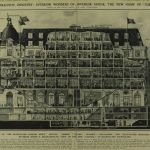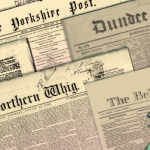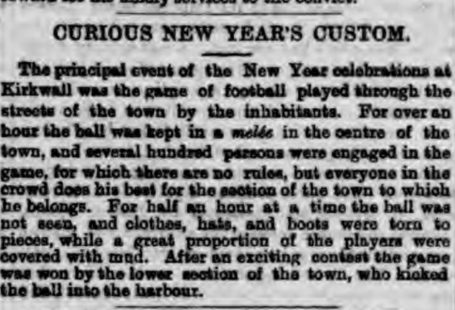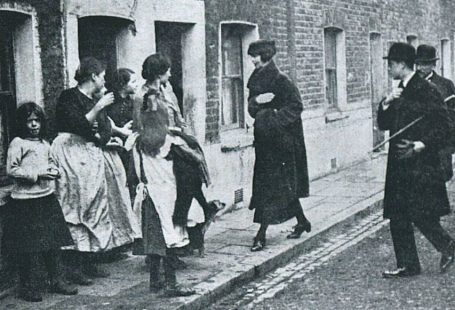In this week’s episode of Who Do You Think You Are? Ruby Wax confronted the hidden past in her family tree. The episode proved cathartic for Ruby who came to a better understanding of her parents’ lives, particularly her mother’s. The personal revelations perfectly illustrated that it is one thing to know ‘history’ in general terms, it is quite another when that history has directly impacted your family.
When family cannot or will not speak about events it is possible to gain an insight into what they were living through by reading newspapers. Unlike history books newspapers document events in real time, and clearly show what news was reaching the world about events. You can also read specifics about the locality your relatives were living in, this will reveal if national events affected them directly. We used newspapers to look at the reportage around the persecution of the Jewish community in the late 1930s and during World War 2.

Ruby’s family were in Vienna when Germany entered Austria in March 1938. As the episode explained the effects on the Jewish community were immediate. Within two weeks of the Anschluss reports and images were reaching British newspapers of ‘Jew-baiting’. Ruby’s father was imprisoned. He secured his release by demonstrating that he had the means to leave the country.


The fleeing refugees were not met with open arms. Ruby’s father finally had to stowaway on a ship bound for the USA in order to escape Europe. Hiding on board a ship was a desperate act and we found evidence in the newspapers that some stowaways were returned to Germany. This despite the fact that news of their treatment continued to appear in the press, including the events now known as Kristallnacht. Kristallnacht was a night of utter destruction which was wrought on Jewish shops and synagogues. The most common form of vandalism on the night was the smashing of windows, from which the night gets its name. However the term Kristallnacht does not appear in the newspapers during the war. We used our advanced search using the term ‘Jewish’ and selecting dates between 8 November and 20 December to discover reports of the events of that night.

While Ruby’s father and mother eventually escaped Europe and made their home in the United States other family members were not so fortunate. As the months went by countries made it more difficult for refugees to enter their country, and eventually the Nazi regime prevented emigration. Jews were now moved to Ghettos and Concentration Camps. Ruby’s elderly relatives were move to Theresienstadt. The Ghetto there was surrounded by the fortifications of Terezin, and searches on both names offer the most comprehensive results. The Ghetto became largely populated by the elderly and disease and starvation were the biggest killers of those imprisoned there. At the end of the war the camp was bombed by German forces.

Ruby’s family story was marked by tragedy, but in learning about the events they lived through she was able to come to an understanding of events which shaped their lives.






